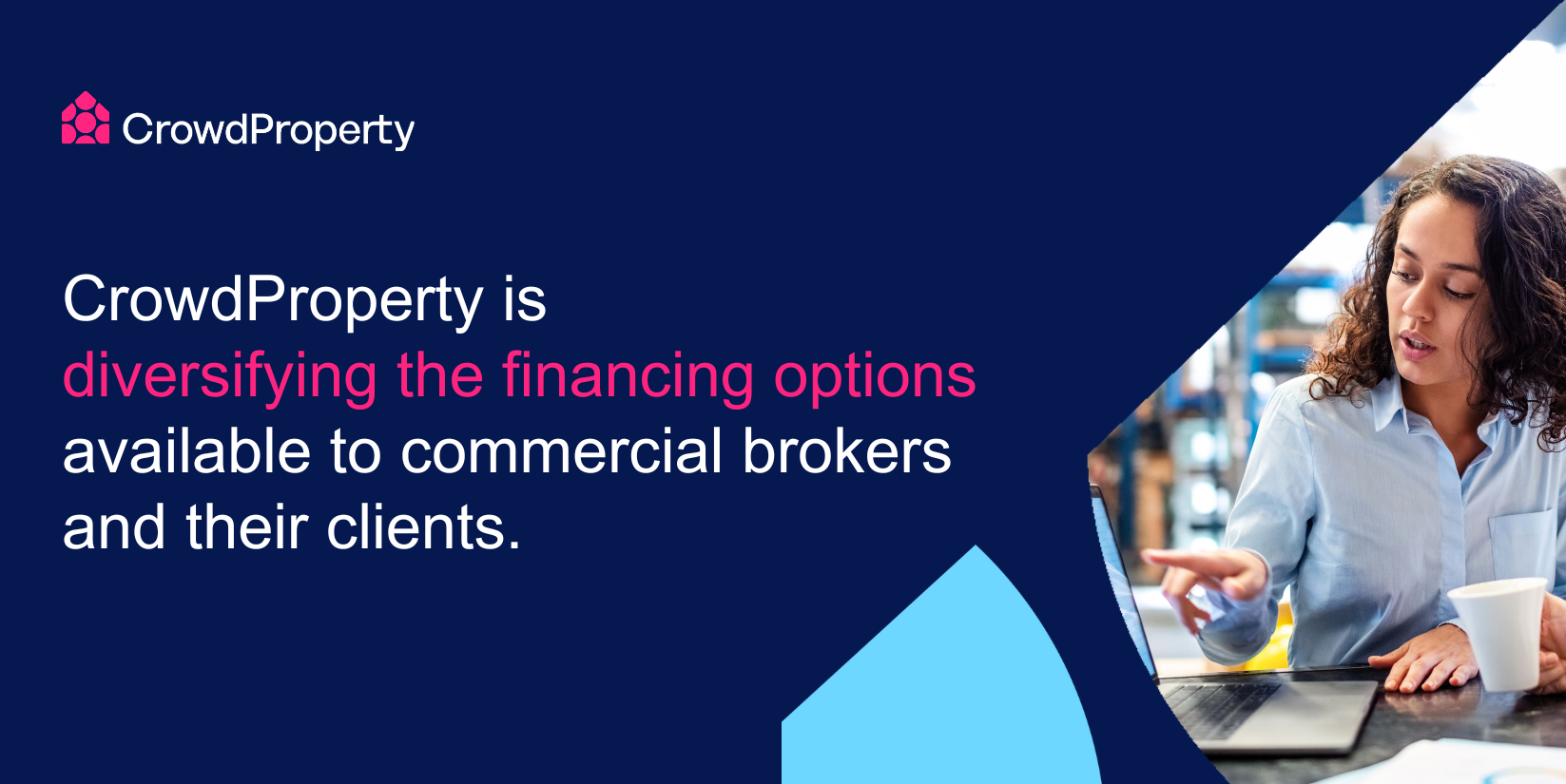
How technology is transforming the landscape of property finance
Back to Blog 30 August 2024 5 minute read
The latest proptech and fintech innovations are having a transformative impact on the world of property finance in Australia, presenting opportunities for brokers to provide clients with fast and secure access to finance.
Both fintech and proptech have emerged as boom industries in Australia’s innovation economy. Austrade figures indicate the Australian fintech sector is a fast-growing $45 billion giant, with strength in payments, middle and back-office systems, neobanks, blockchain and regtech.
As of 2023, Australian proptech companies accounted for over $1.4 billion of direct economic output and supported more than 5700 jobs each year, according to figures from Proptech Association Australia.
By disrupting the status quo of dominance by traditional financial institutions, fintech is diversifying the financing options available to brokers and developers to encompass newer and more nimble platforms.
One such platform that fully embodies the transformative impact of fintech is CrowdProperty – a non-bank, marketplace lender that uses human expertise to fully capitalise on the potential of technological innovation.
Why marketplace lending is transforming property finance
Marketplace lending is one fintech innovation that stands to have a major impact on the world of property finance. It brings especially strong benefits to players like commercial brokers, by enabling them to provide clients with access to quicker and more convenient forms of finance.
Also referred to as peer-to-peer (P2P) lending, marketplace lending involves the use of online platforms to connect borrowers in need of funds with investors and lenders seeking to earn returns.
Borrowers — in this case, small-to-medium (SME) property developers — submit loan requests to online platforms, which, once approved, are then offered to the community of investors who can choose to provide funds for a target return*.
Investors can select which lending opportunities best suit their portfolio needs based on criteria such as interest rate, loan terms, risk, location of development, development type and use of funds.
For the property development ecosystem, the process is a highly effective means of addressing the pain points and financing needs of multiple parties.
Marketplace lending dramatically enhances the ability of developers – especially small-to-medium players – to tap funds, by giving them direct access to potential investors and lenders. This overcomes the long-standing inability of traditional financial institutions to fully cater to their needs.
Marketplace lending can also bring tremendous advantages to commercial brokers, giving them the ability to facilitate financial access for clients.
An example is CrowdProperty, which uses its online technology to give borrowers access to a diverse range of investors at both the retail and wholesale levels.
For all these reasons, marketplace lending has already proved massively popular in other advanced economies such as the UK.
In the UK, CrowdProperty has provided around $560 million in funding for the construction of over 3,000 homes worth more than $1.25 billion (as at July 2023).
CrowdProperty Australia was launched in May 2021, and in just two years has achieved some major milestones. These include attracting over $570 million in small loan applications and making $16 million in funding facilities available.
Its real estate debt investment fund obtained a ‘favourable’ 3.75-star rating from SQM research, making it a strong candidate for inclusion on the approved product lists of most financial advisors.
What the ‘crowd’ brings to marketplace lending
The term ‘crowdfunding’ is also sometimes used in marketplace lending contexts. While this is common for small fundraising campaigns for communities or new product innovations, it can raise questions when it comes to residential real estate development finance.
CrowdProperty Australia CEO and co-founder David Ingram said the crowd is simply a way to think of diverse sources of capital.
“Our UK sister company funds new project loans in a matter of seconds on the platform,” Ingram said.
“This happens as they have over 19,000 retail investors making small investments into projects, alongside high-net-worth investors, and a series of institutional investment partners backing projects to the tune of hundreds of thousands and millions of pounds.
“We’re building the same diverse sources of capital in Australia which is what provides the speed and certainty of funding we know brokers and developers are looking for. SME developers can truly grow their business faster with speed and certainty of finance and by working with specialist finance partners who are experts in smaller-scale developments.
“It’s this combination that makes brokers want to bring their best quality projects to finance with us.”
